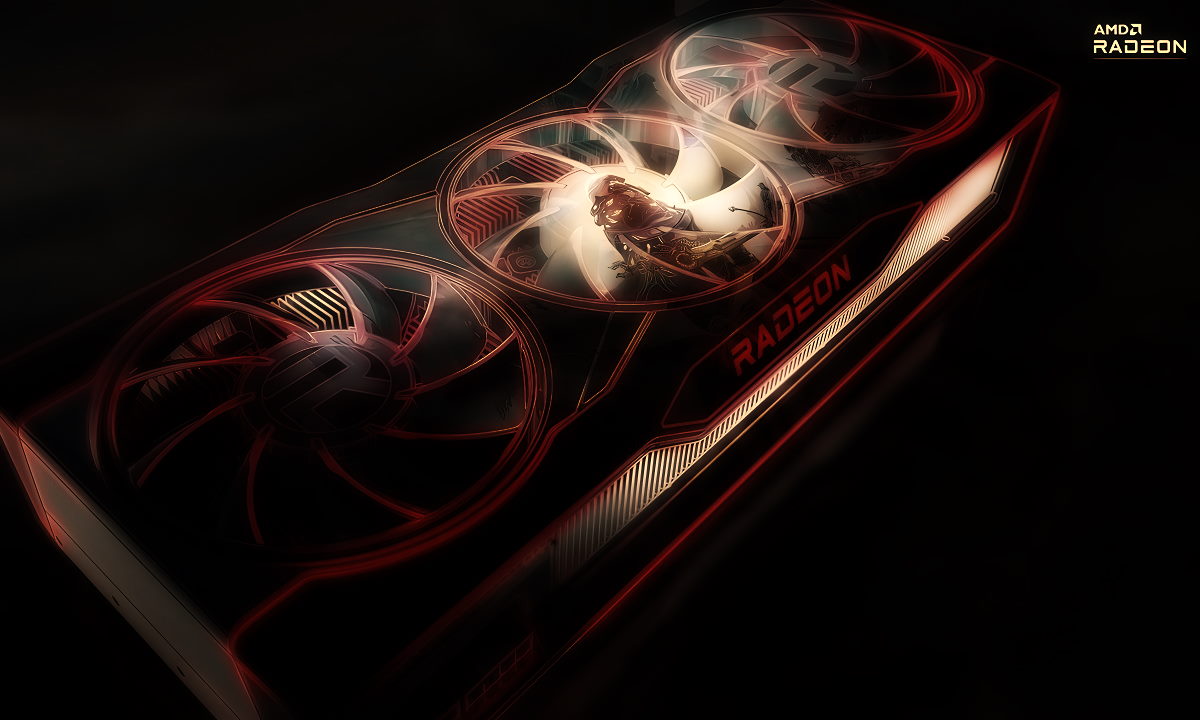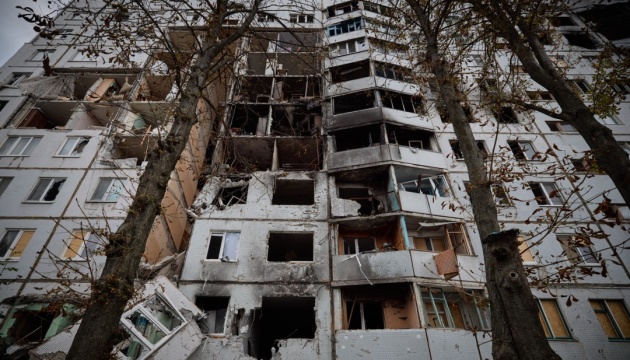etc you have everything ready for presentation Radeon RX 7000its next generation graphics built on architecture RDNA3. The company has made it so difficult for leaks that the little information we have been able to get shows conflicting scenarios, as it was initially speculated that they would be clearly behind the RTX 40, but then information emerged suggesting that the Radeon division has the material to handle latest generation NVIDIA graphics. Whatever the truth is, we’ll definitely start getting answers from tomorrow.
AMD, through its CEO Lisa Su, announced a decline in revenue during the last quarter, a situation that is expected to continue in the near future, as Ryzen 7000 processors are far from selling well. The drop in revenue also affected Radeon dedicated graphics, which have seen a drop in demand recently. However, the board showed optimism about RDNA 3 technology.
Lisa Su noted that “Our top-of-the-line RDNA 3 GPUs will deliver strong performance and power-per-watt increases over our current products, and will include new features to support high-resolution and high-frame-rate gaming. We look forward to sharing more details later this week.“.
The statements of the CEO of AMD are in line with the latest information that said that the RX 7000 will be a rival for the RTX 40, but due to the absence of an official release to the market and testing, for now it is better to take all the data with a grain of salt, see more Radeon’s main handicap is not so much in the performance that its hardware is able to offer, but in the rescaling of technologies or supersampling and ray tracingwhere even Intel seems ahead of AMD.

At the feature level, the RX 7000 may include new gaming-oriented things that support high resolutions and high frame rates, which, put it this way, can be understood to refer to the last generation of video games, since 1998’s Half-Life, at least in theory it should easily run in 4K and very high frame rates.
FSR 3, the third generation of upscaling technology, will be AMD’s answer to DLSS 3, which, with its successes and failures, remains a leader in its segment. However, the Radeon-derived technology could cover several generations of GPUs, while DLSS 3 is, at least for now, limited to the RTX 40. Moreover, it is expected that FSR 3 uses WMMA (Wave Matrix-Multiple Accumulate Instructions) hardware acceleration, which would open the door to being a more worthy rival to NVIDIA’s supersampling technology..
In addition, RDNA 3 is expected to provide a a very noticeable improvement in power per watt, up to more than 50% compared to equivalent models of the previous generation (RX 6000s that use RNDA 2), all with consumption levels that point to reasonable rates. Other interesting details of the new architecture are sophisticated adaptive power management, which takes care of setting workload-specific operating points to ensure that the GPU uses only the required power, and next-generation infinite cache, which offers higher cache density and lower power consumption .
Tomorrow we will find out a good part of what it really is and it will offer RDNA 3, plus at least two high-end graphics cards of the RX 7000 generation. Hopefully AMD will be more daring and show some mid-range models, but it seems that NVIDIA and Radeon will wait to clear RTX 30 and RX 6000 stocks.














